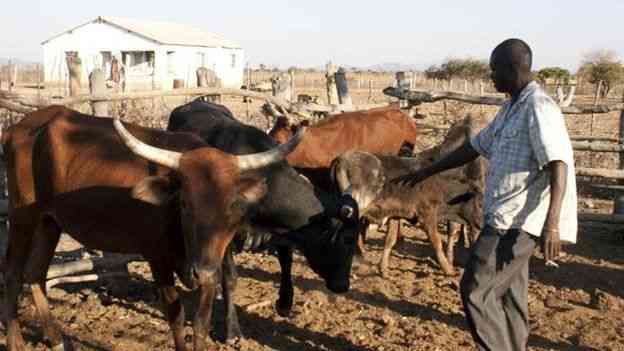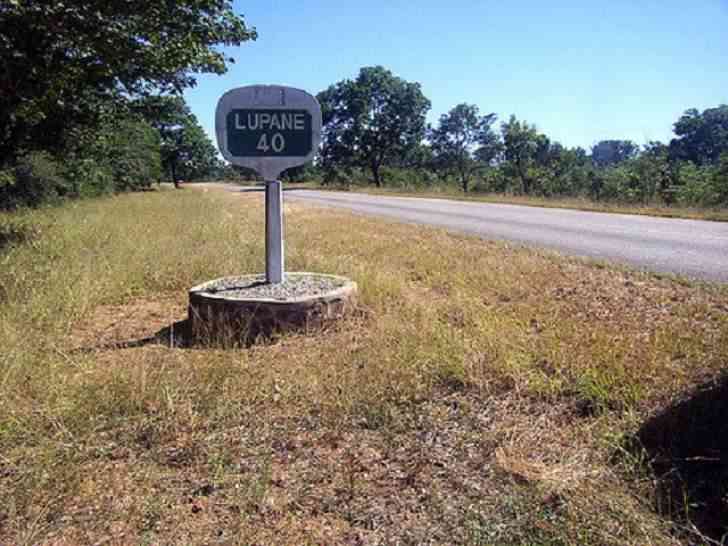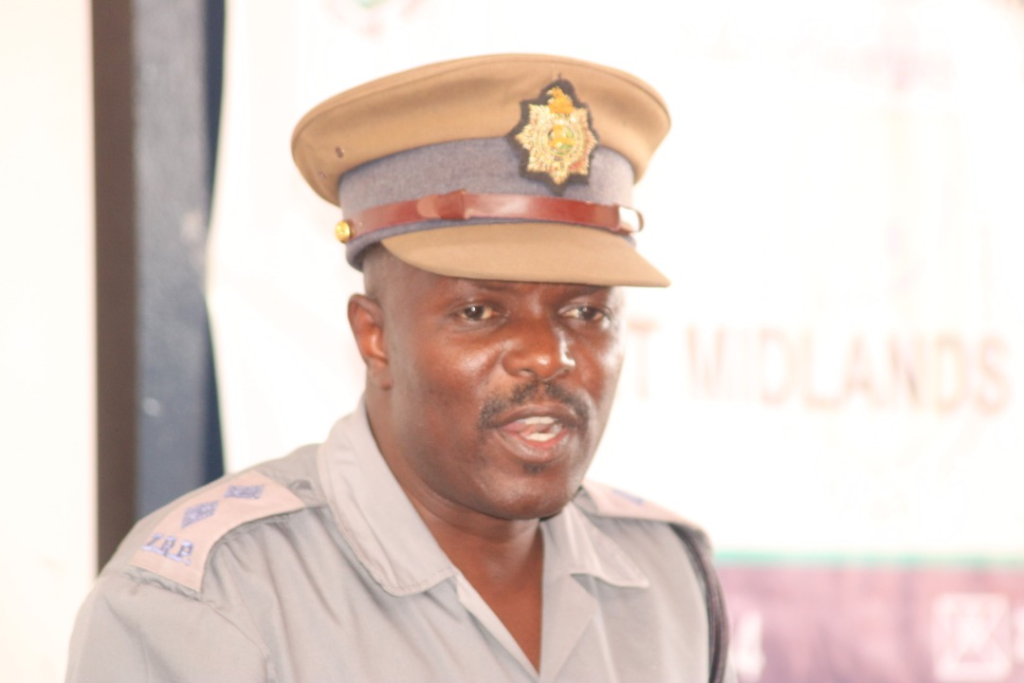
Alick Ncube (44) drives his five cattle, now visibly emaciated and fatigued, as he joins other herders from his village on a 40km trek to find pastures near the banks of the Gwayi River in Hwange district, Matabeleland North province.
“The drought has severely impacted our livestock. The little grass in our grazing lands has disappeared, and we are forced to travel long distances to find pastures,” Ncube says.
“We have no choice if we want to avoid losing our cattle to drought, which has resulted in severe shortages of water and pastures. For the next two to three months, we will stay in makeshift tents.”
As pastures and water shortages continue to worsen, livestock health deteriorates, leading to more deaths from starvation and drought-induced diseases.
Experts warn that this crisis could increase food insecurity, malnutrition, and hunger-related mortality.
The central government has declared a state of emergency, appealing to development partners to mobilise approximately $3 billion to feed a quarter of the population and avert starvation.
Hwange is no exception, as the drought has devastated local communities, leaving many struggling with severe food and water shortages.
The lack of rainfall over the past five seasons has made it nearly impossible for communal farmers to grow crops, leaving thousands without livelihoods and forcing many to flee their homes in search of food and water.
- Irrigation panacea to droughts: Haritatos
- 60% of Zim has never known electricity
- Hunger stalks Chiredzi villagers
- Hunger stalks Chiredzi villagers
Keep Reading
Diana Mwembe, a farmer from Chikandakubi village, paints a gloomy picture of the drought's impact in Hwange:
“The droughts are harsher these days. A few years ago, we could see green pastures over the hills during a drought, and we would take our animals to graze there and return for water.
Now, we haven't had rain in over two years. The land is completely dry.”
Herders now spend months away from home, living in makeshift tents as they continuously move from place to place in search of grazing land to save their livestock.
Due to the harsh conditions, many farmers have been displaced and forced to seek alternative livelihoods.
The scorching heat has also made farming difficult, leading some to turn to activities such as charcoal burning and fishing for survival.
In Hwange and neighboring districts like Binga, livestock plays a crucial socio-economic, cultural, and food security role.
However, desertification and land degradation — exacerbated by unsustainable land use practices — are increasingly threatening these already arid and semi-arid regions.
The harsh climate and shrinking vegetation make livestock farming more challenging with each passing year, leaving local communities struggling to sustain their herds.
“We have been forced to migrate our livestock from rural areas to rivers near Hwange town due to low rainfall,” says 55-year-old Simon Munkuli from Makwa, located 40km east of Hwange town.
“The pasture is wiped out within days due to the number of cattle grazing in one area, so we keep moving further to find more rangelands.”
Despite these efforts, farmers-cum-pastoralists are increasingly vulnerable to climate change and extreme weather events.
In Hwange, rising temperatures and recurrent droughts, reflective of broader trends across the country, have led to abnormal migratory patterns and destabilised local ecosystems.
To address the crisis, government authorities and experts recommend interventions such as destocking — a drought management strategy that involves reducing livestock numbers to ease pressure on limited grazing and water supplies.
This can also help farmers raise money by selling cattle before they lose value due to emaciation.
“Destocking is a common response to droughts. We advise farmers to sell some of their cattle to purchase supplementary feeds and minimise losses,” says a local livestock extension officer.
“This practice relieves pressure on scarce resources and provides meat to vulnerable families.”
However, destocking is often overlooked by farmers in the hope that conditions will improve, resulting in significant losses.
Livestock experts argue that proactive intervention strategies are critical for communities already suffering from widespread livestock losses.
Munkuli, unsure of what the future holds for his family, knows one thing: the El Niño-induced drought will likely claim some of his remaining cattle.
“In my community, our way of life revolves around livestock. We sell animals for money, food, and even to pay dowries. Here, wealth is still based on how many animals you have.
I have already lost several cattle to drought. I’ll have to sell more to support my family. I want my children to go to school and get jobs that don’t depend on the land, given how the climate is changing.”
As grazing lands continue to deteriorate, livestock value decreases, and some breeds face extinction.
Inter-communal conflicts have also increased as farmers compete for scarce water and pastures.
For many pastoralists in Matabeleland North province, migration was once a regular part of life, as herds would travel long distances in search of fresh grass with the changing seasons.
Now, climate change is disrupting this cycle, making survival more challenging for farmers and their livestock.
— The Citizen Bulletin









